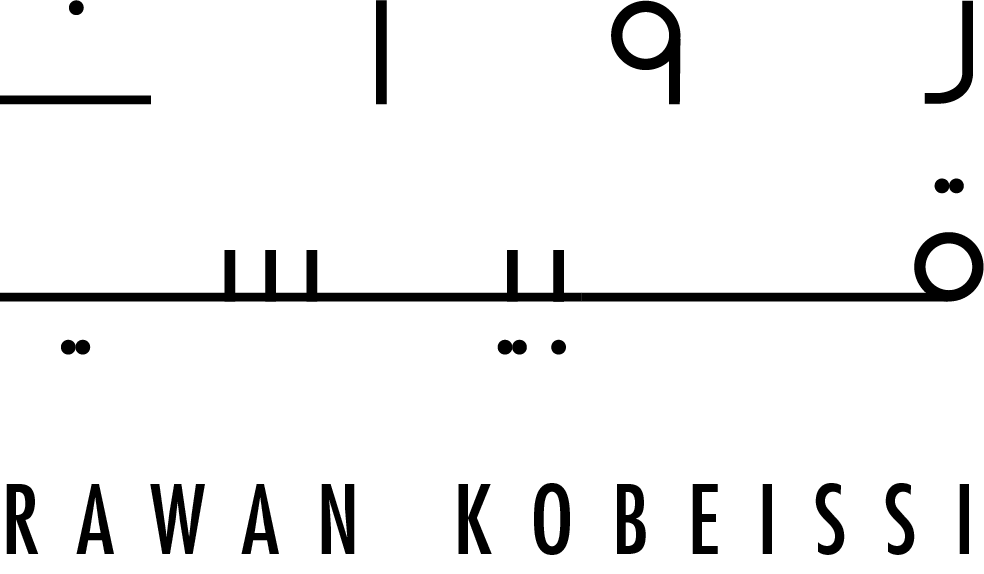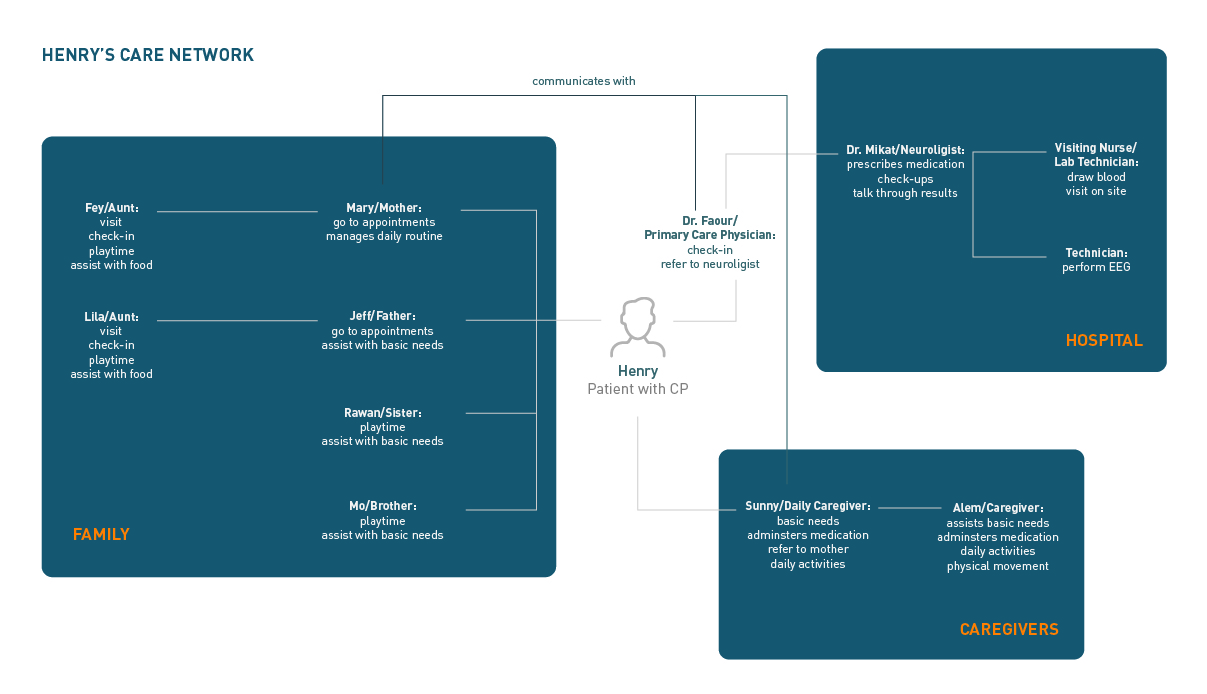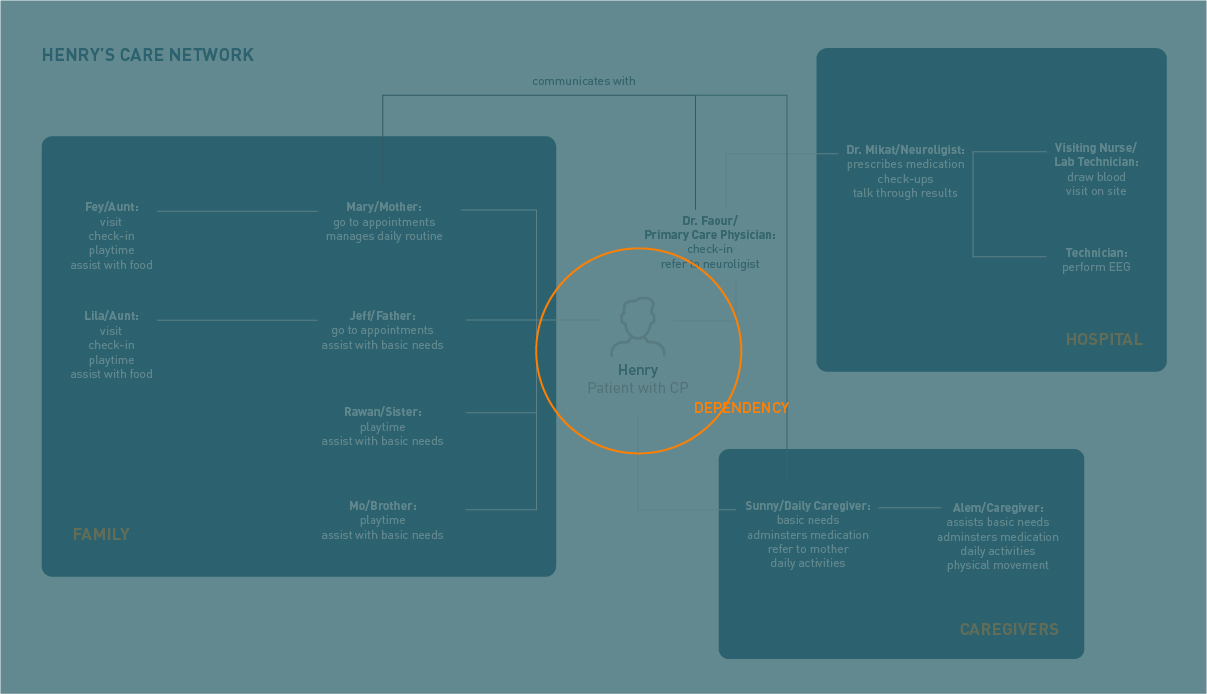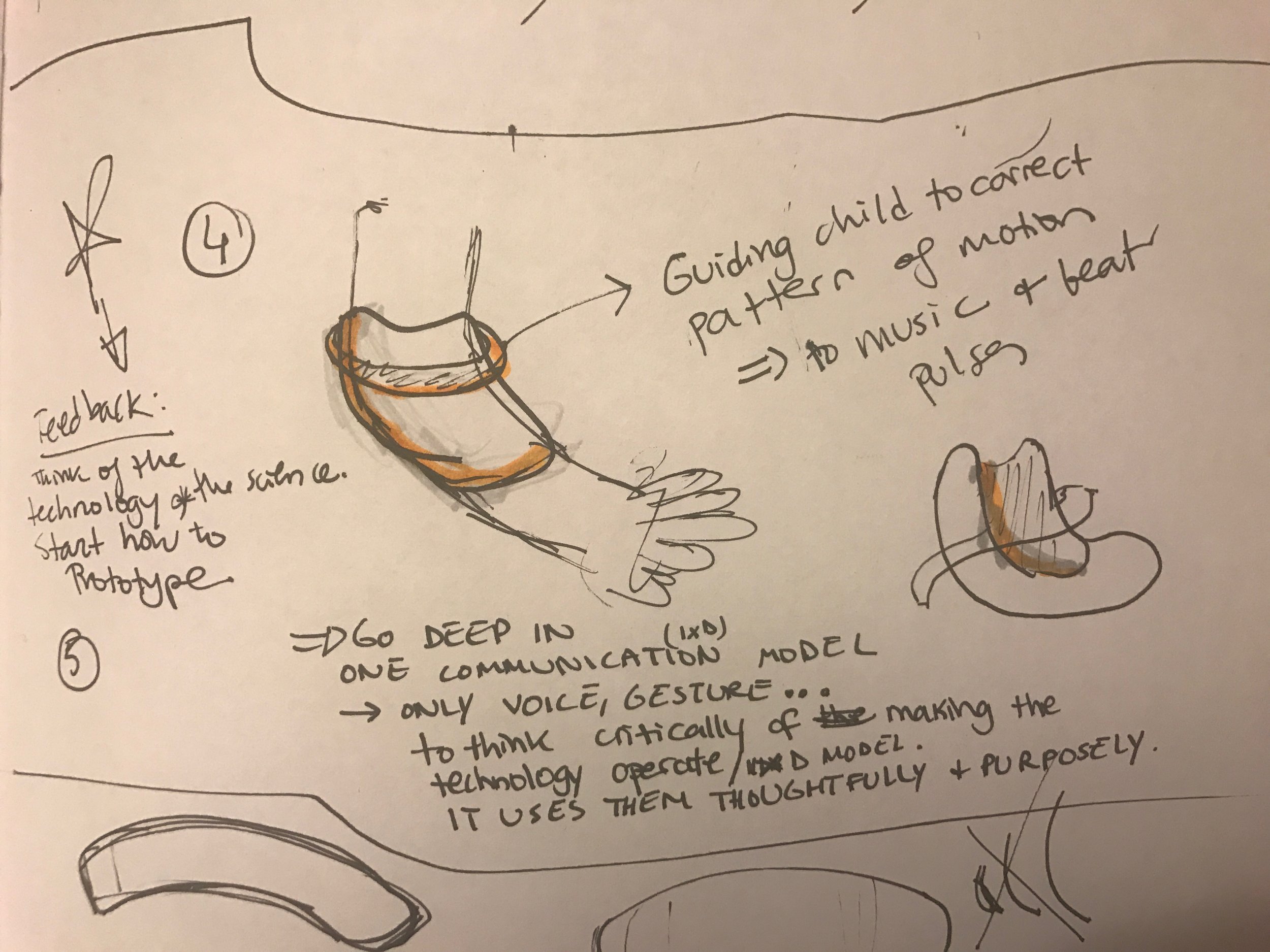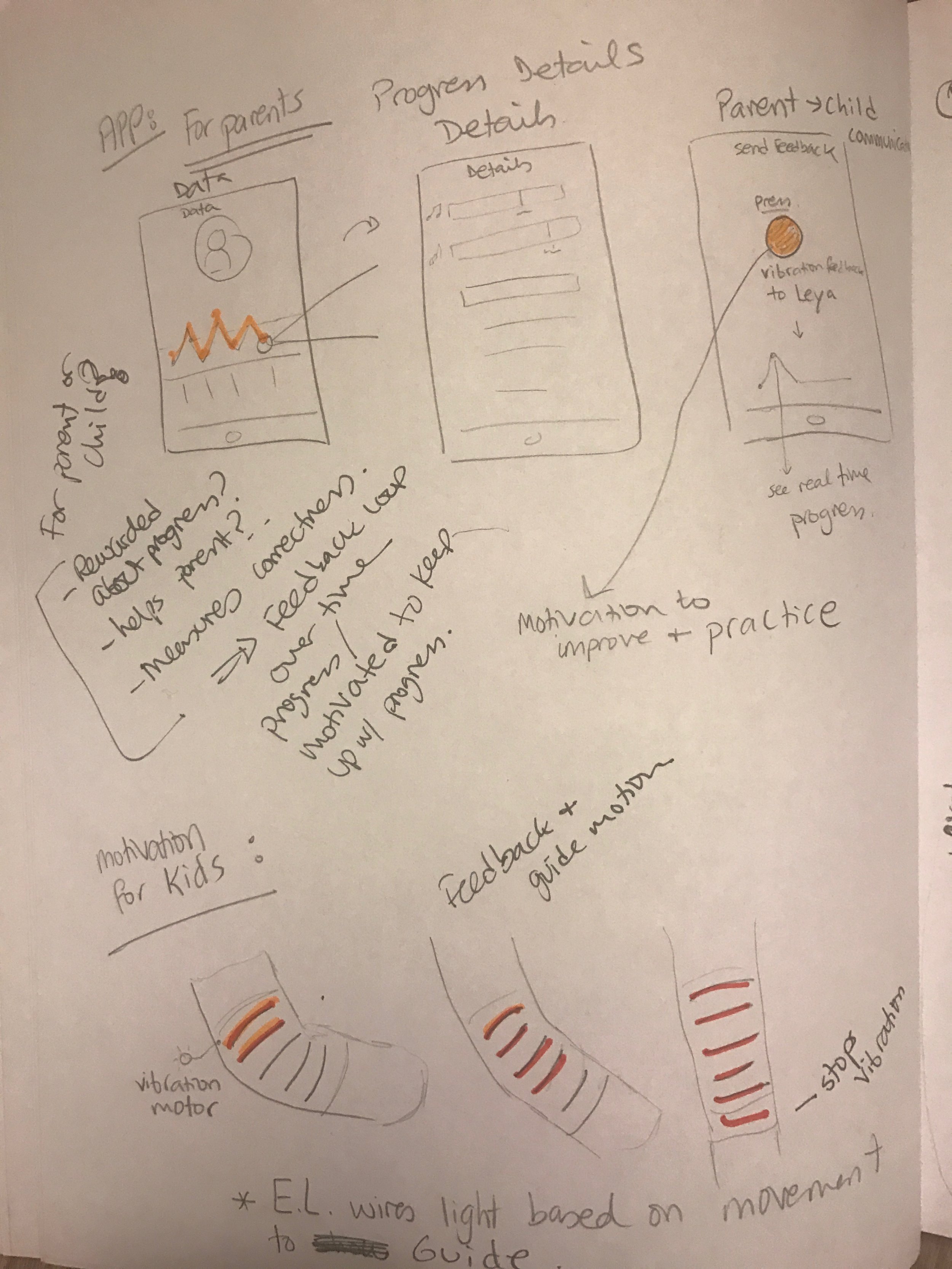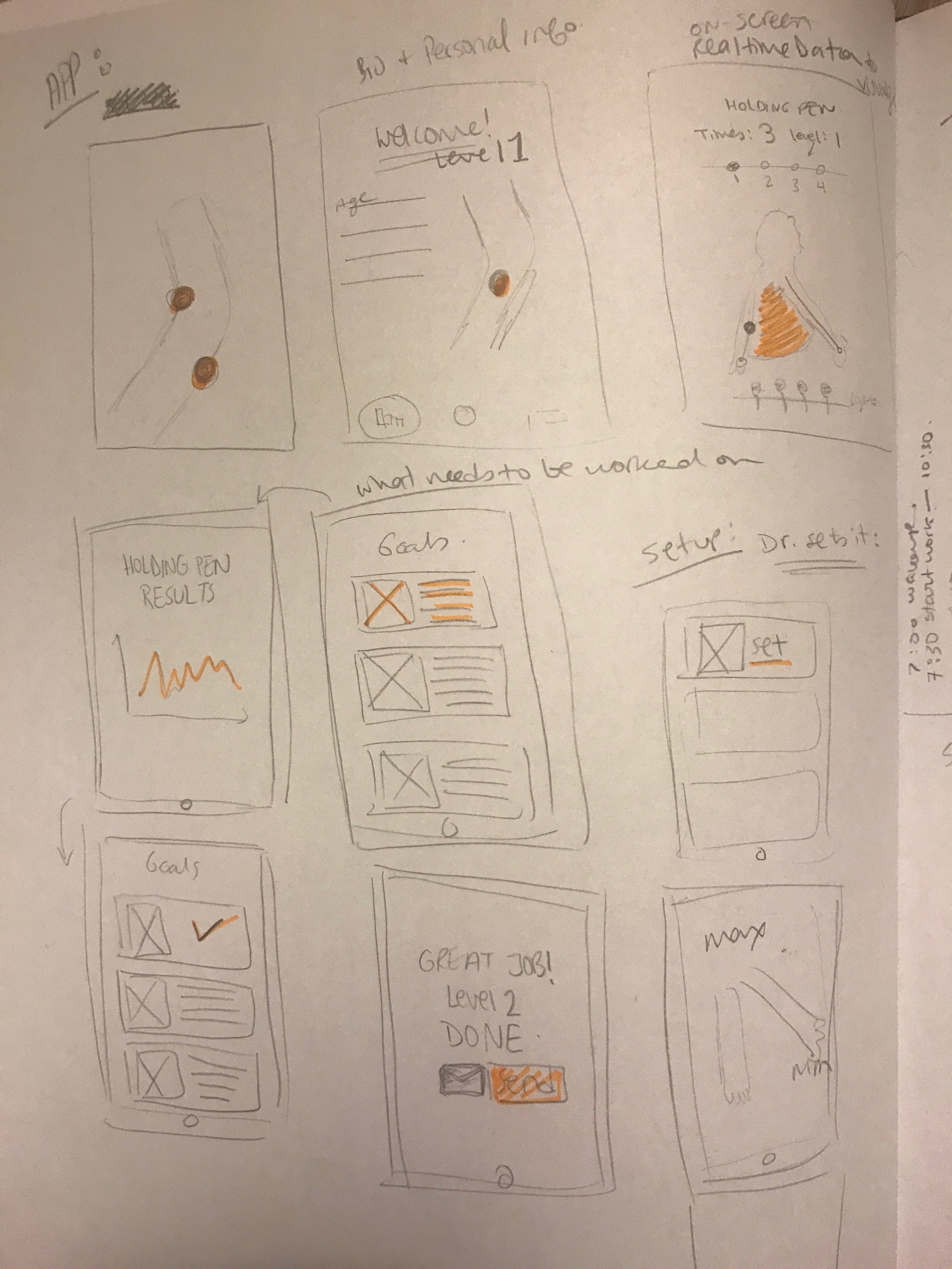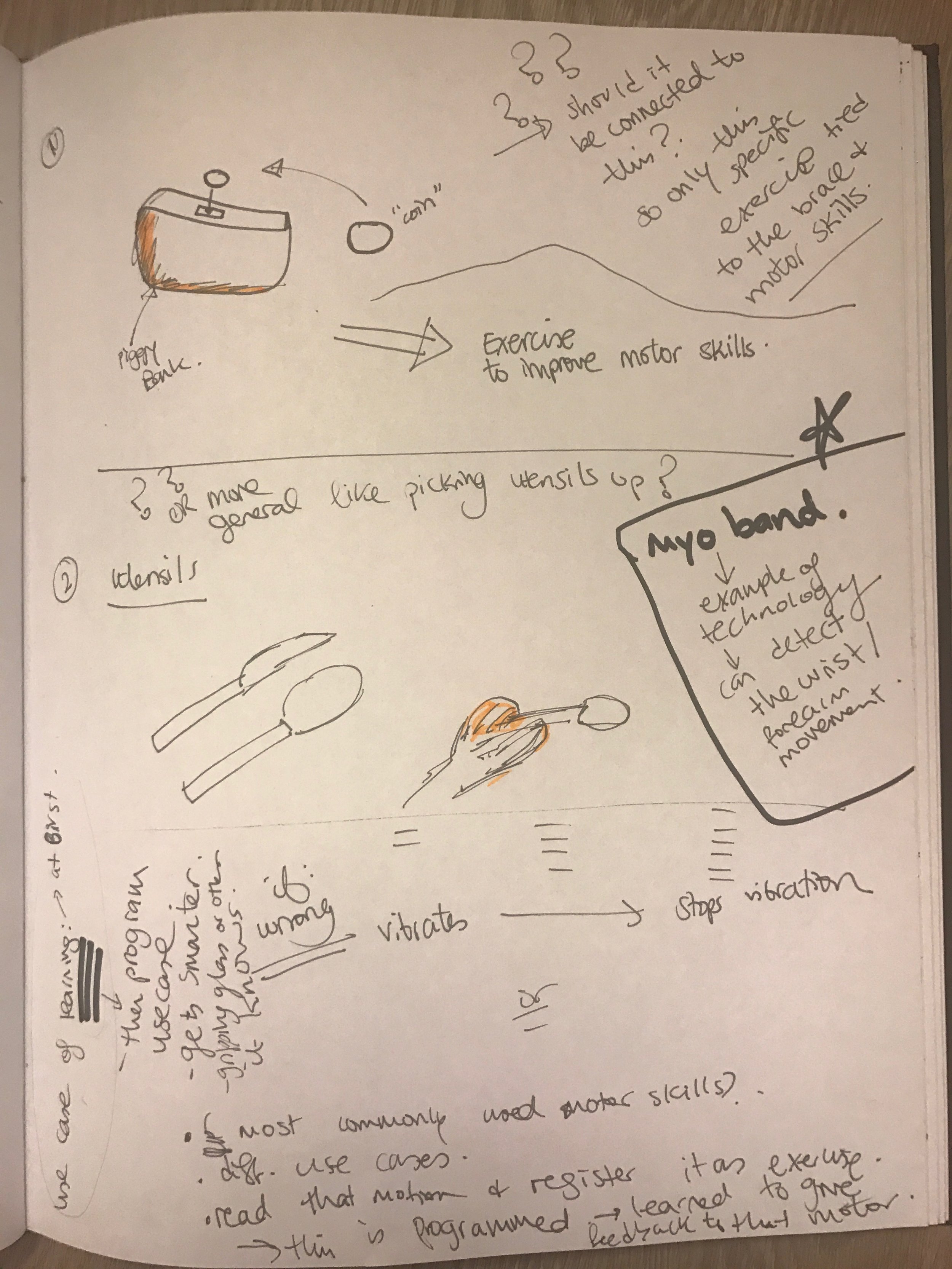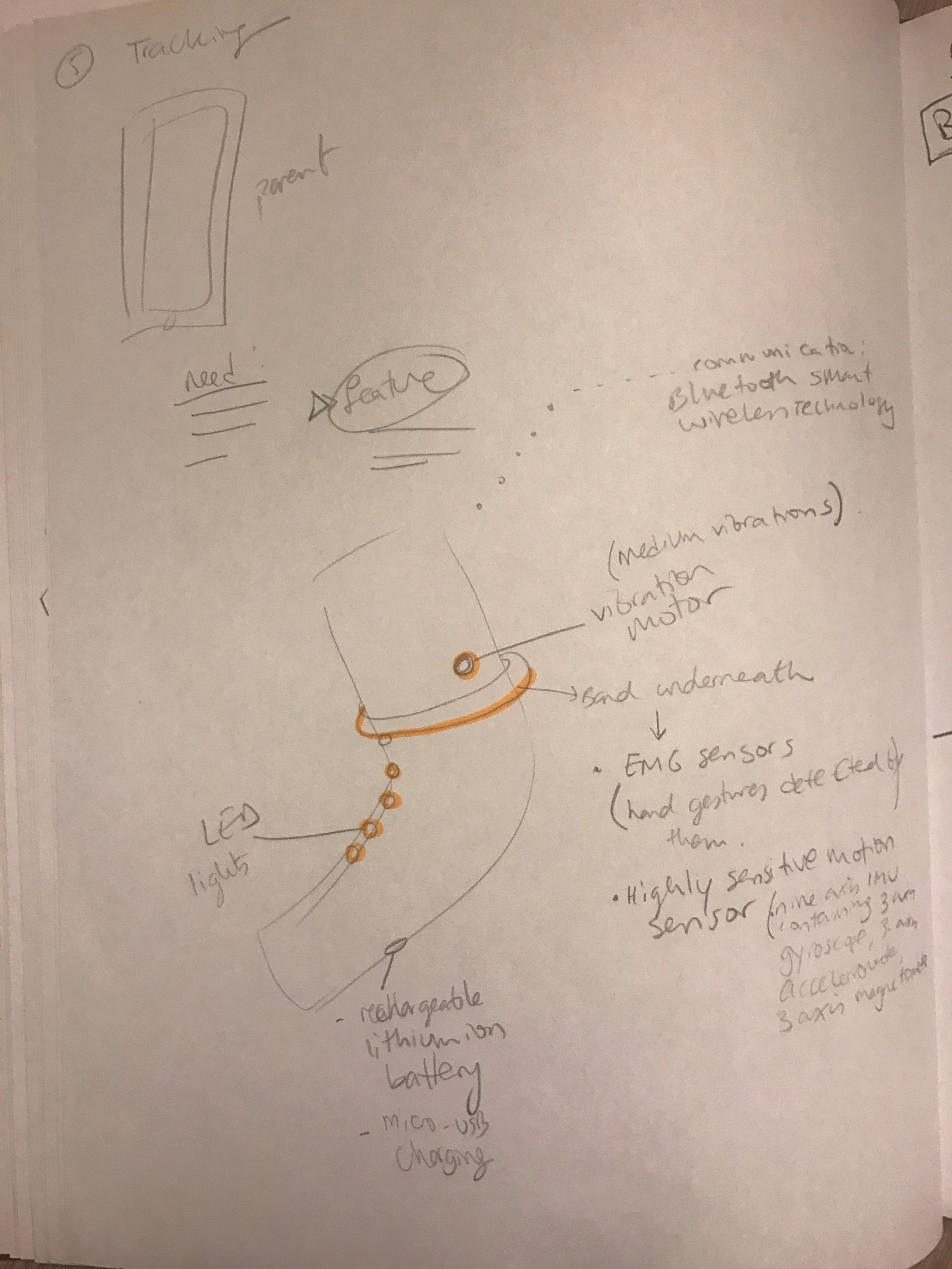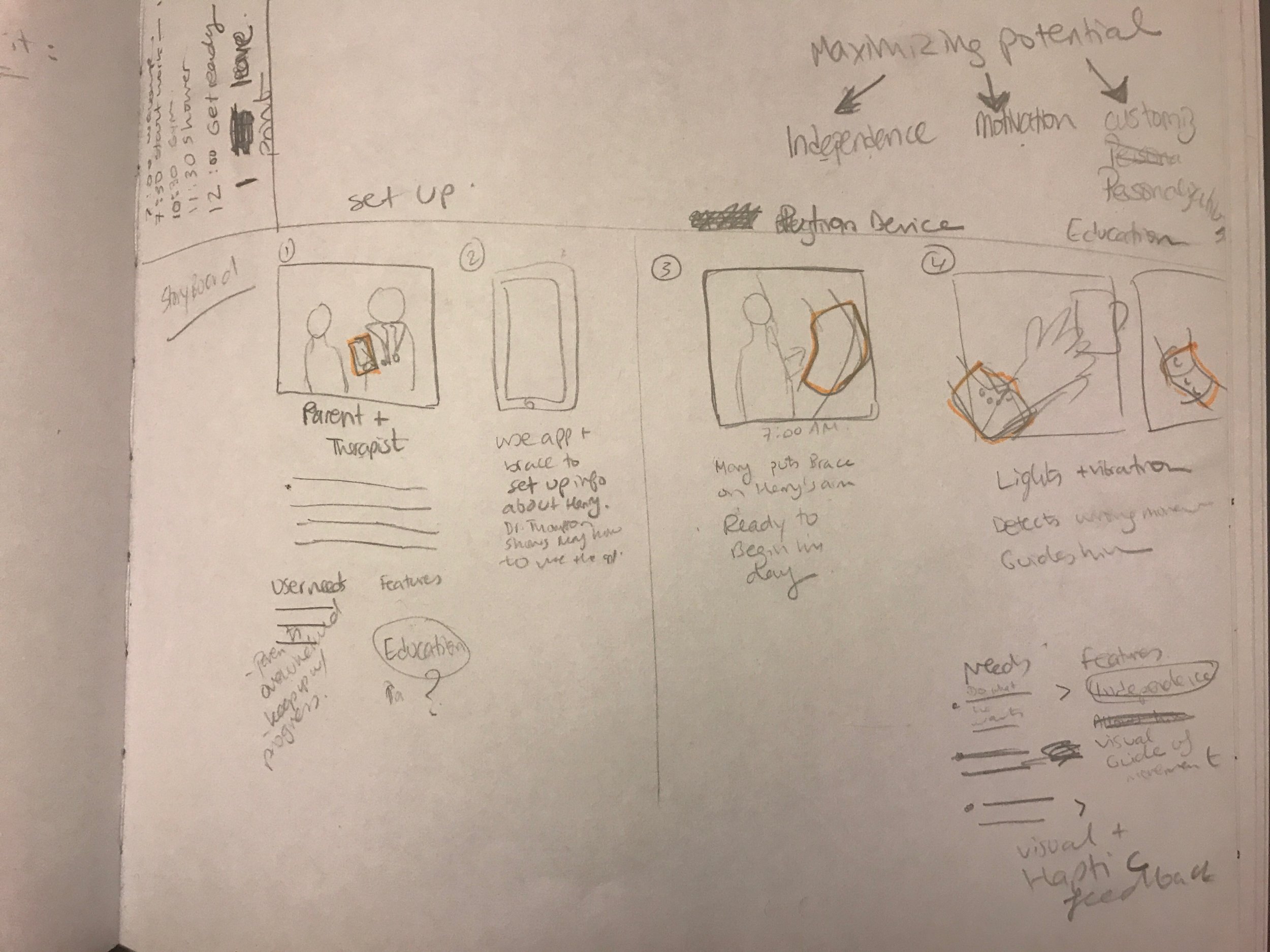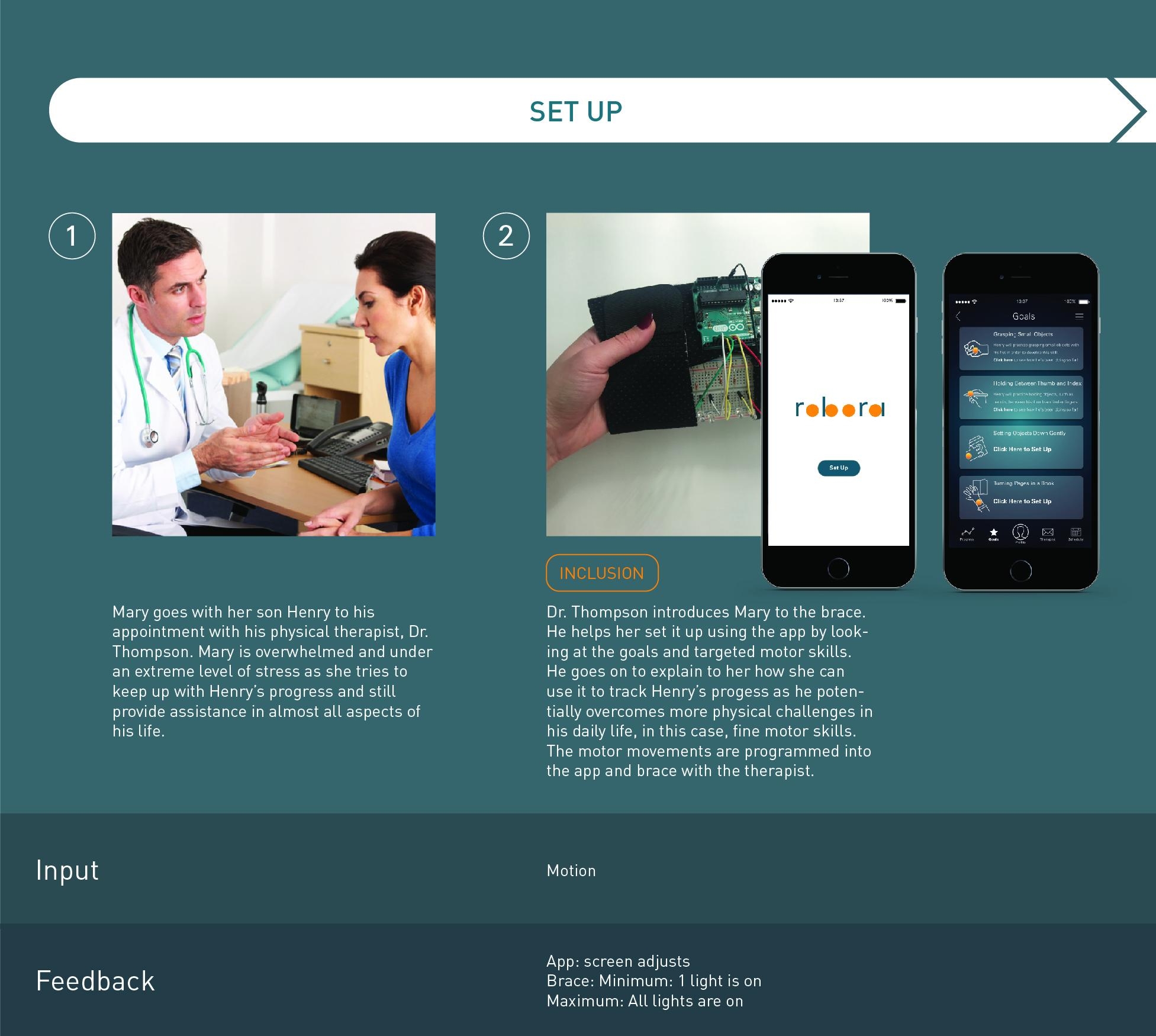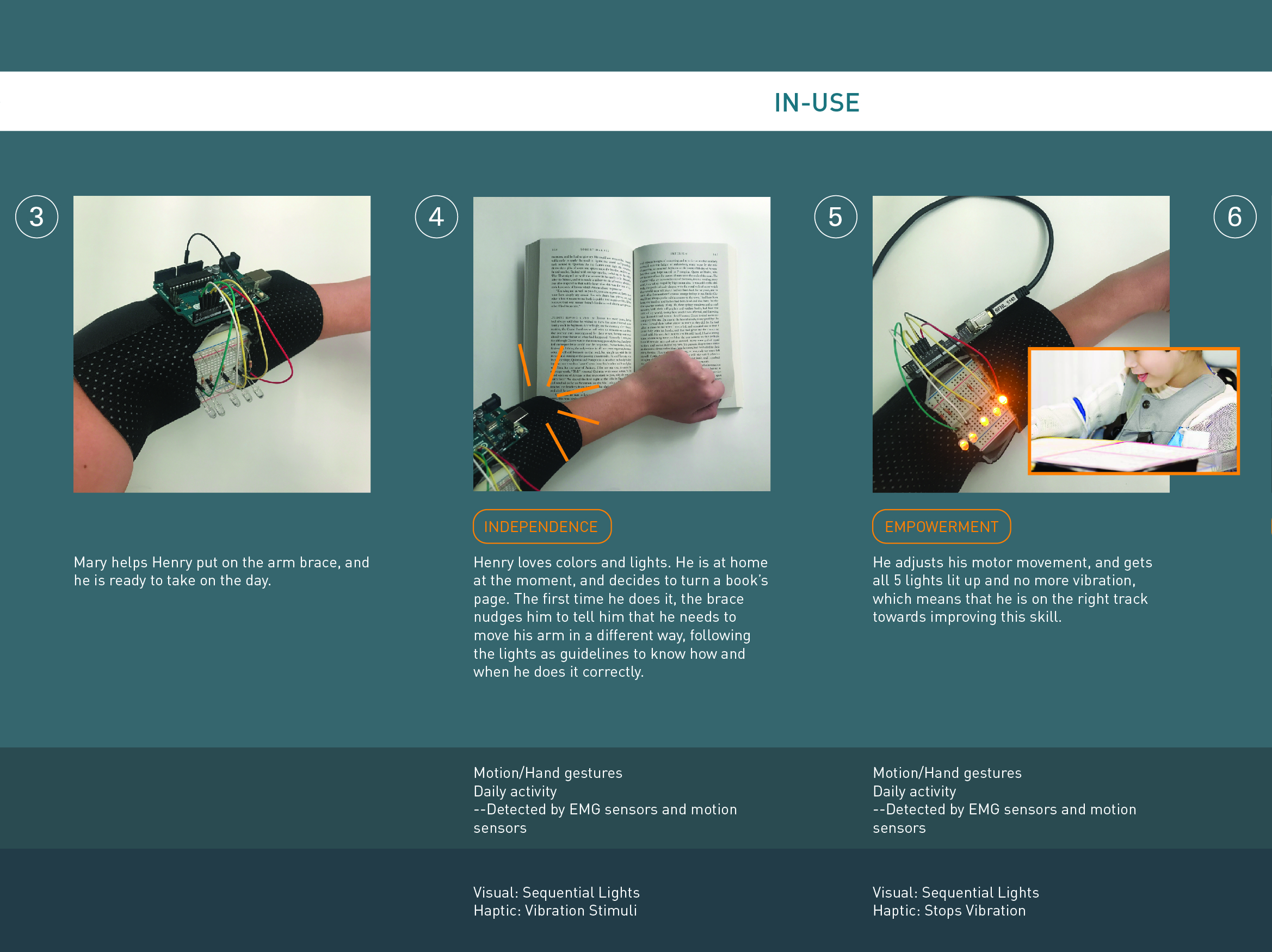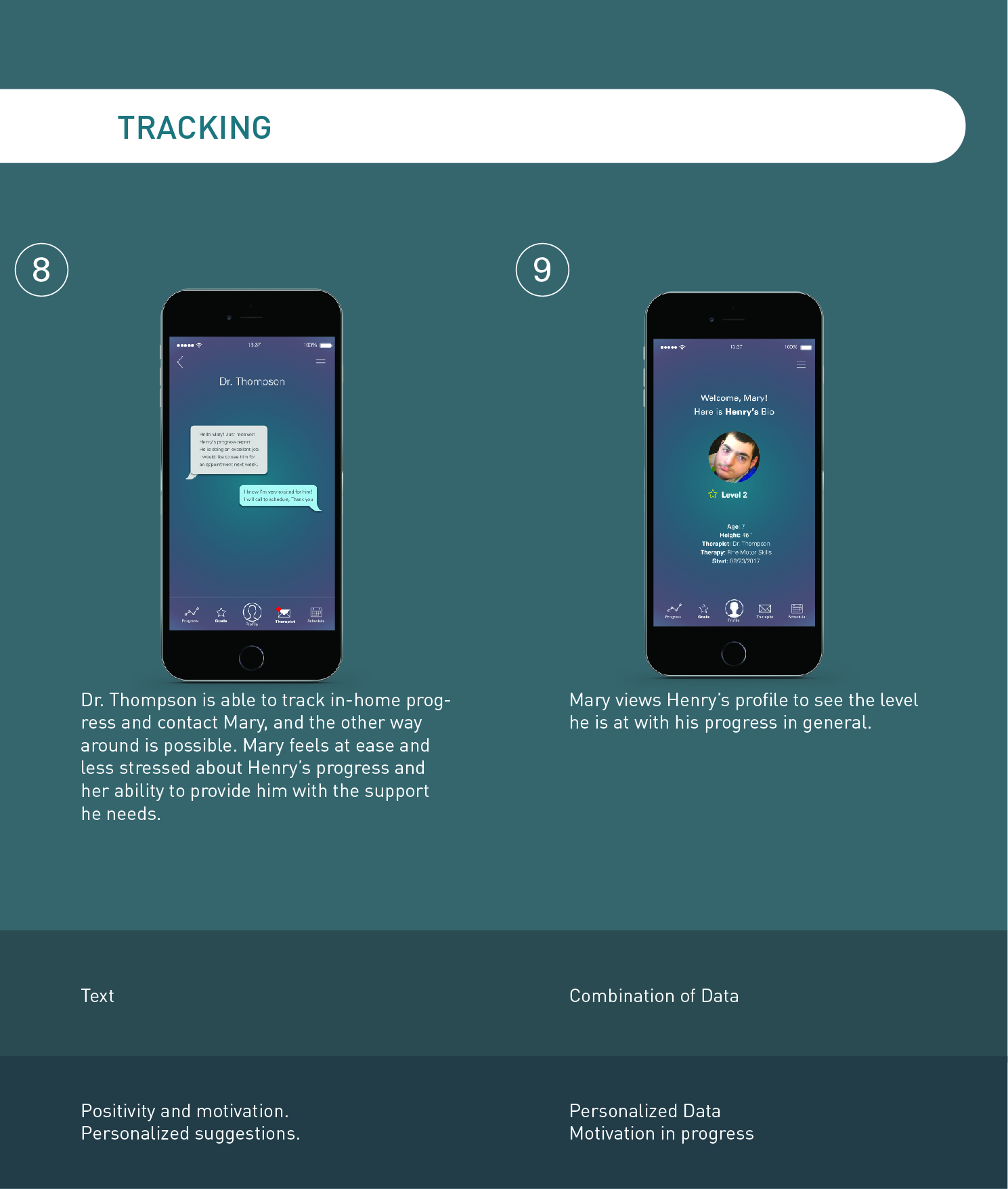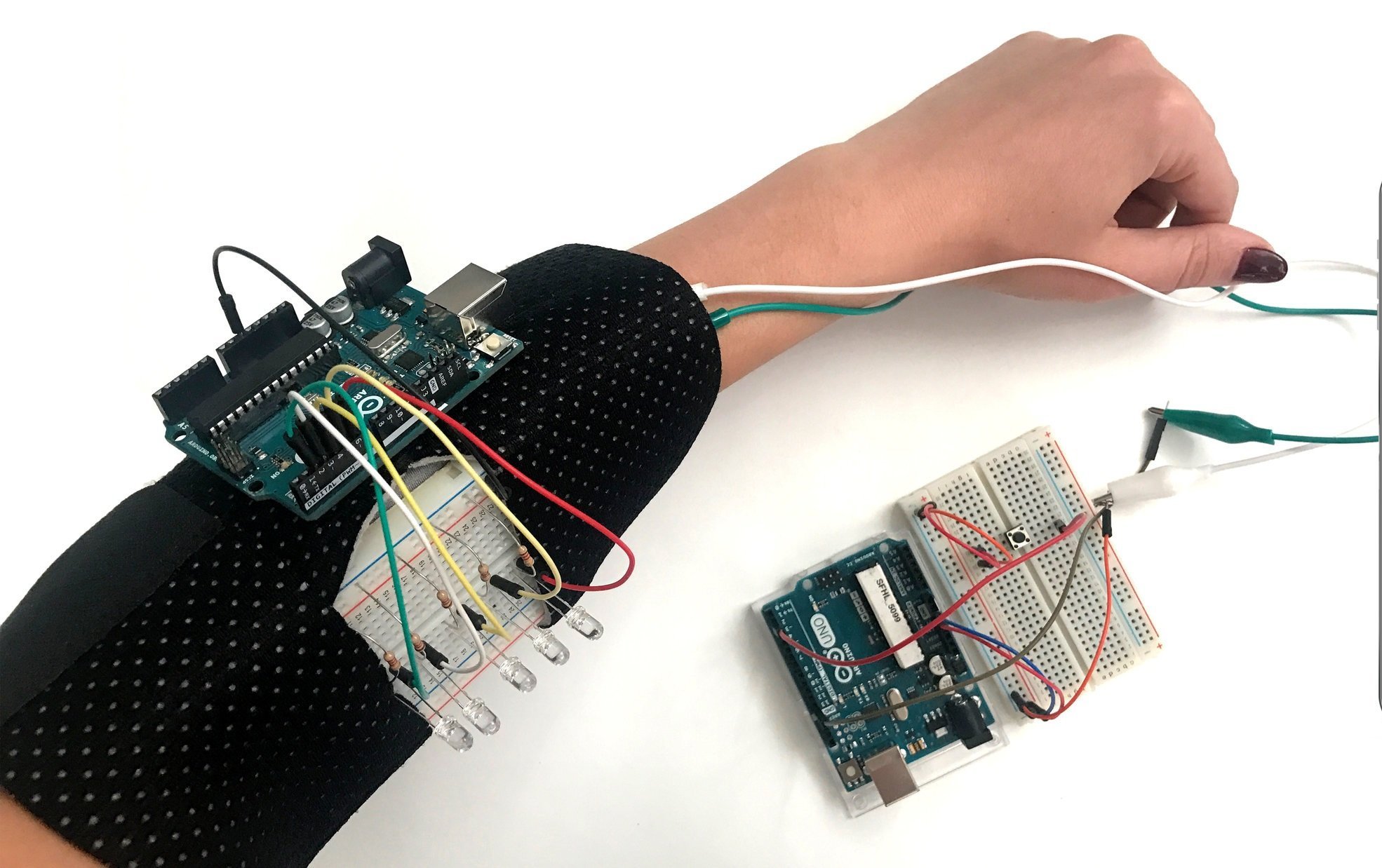
Assistive technology for motor function
–IoT Connected Devices
The Robora arm brace enables children with Spastic Cerebral Palsy to acquire fine, controlled motor skills.
ROBORA: assistive technology for improved motor function

–
OVERVIEW
Children with Spastic Cerebral Palsy struggle with the control of their fine motor skills. This system aims to maximize a child’s potential through inclusion, empowerment and independence. Assistive technology, in this case the arm brace, helps increase, maintain, or improve functional capabilities of individuals with a disability. It can be operated by the child, nurturing his/her development so they can live as independently as possible.
ROLE: LEAD UX DESIGNER
Project Length: 5 weeks
Sector: Healthcare
PRODUCT: Hardware, software

–
USER RESEARCH
Secondary research + Contextual interviews with individuals who interact with children with cerebral palsy on a daily basis.
Cerebral Palsy is the most common childhood physical disability
764,000 in the U.S, and 17 million Worldwide
Spastic Cerebral Palsy is the most common type of cerebral palsy. Typical symptoms include stiff, exaggerated movements. I studied what a typical day and care system for a child with spastic cerebral palsy looks like. From there, I was able to identify the problem space.
THE CHALLENGE
Henry lives a happy and healthy life, but has not had access to proper physical therapy to improve his motor skills. The result of that is the inability to independently perform basic daily tasks. He has trouble:
Grasping small objects
Holding a pencil
Flipping pages of a book
How Might We...
1. …empower children with cerebral palsy as they perform fine motor skills?
2. …ensure independence for children with spastic cerebral palsy?
3. …alleviate the parent/caregiver's stress?
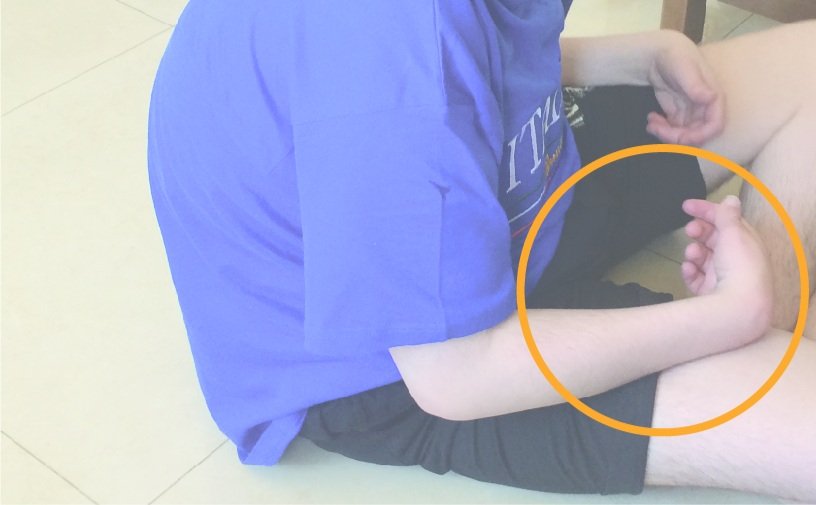
–
PROTOTYPING
I explored form, interactions, and data visualizations. I then used Arduino to prototype and test the interactions that would occur in this system.
–
THE SOLUTION
The Robora arm brace uses EMG sensors and the MYO band technology to detect muscle contraction as the child is performing a certain motor movement. It is made of a physical hardware and a mobile app.
PART 1: The Mobile App
Mainly aimed at the parents/caregivers to program movements, manage and track the child's progress. The more they are able to visualize the physical challenges that the child can overcome or adapt to, the less hands-on assistance is required of the parents.
PART 2: The Hardware
A smart arm brace that gently nudges the patient when they are performing a motor movement incorrectly, and guides them through lights to adjust accordingly. It allows for smoother and more controlled hand, arm and finger movement. It can be operated by the child and so empowers the child physically and emotionally, and sets the stage for entering adulthood as an independent individual.

Sequential Lights
Visual feedback acts as a guide for the child to follow as they are performing a motor movement. Children with Cerebral Palsy are visual learners and enjoy bright colors and lights.

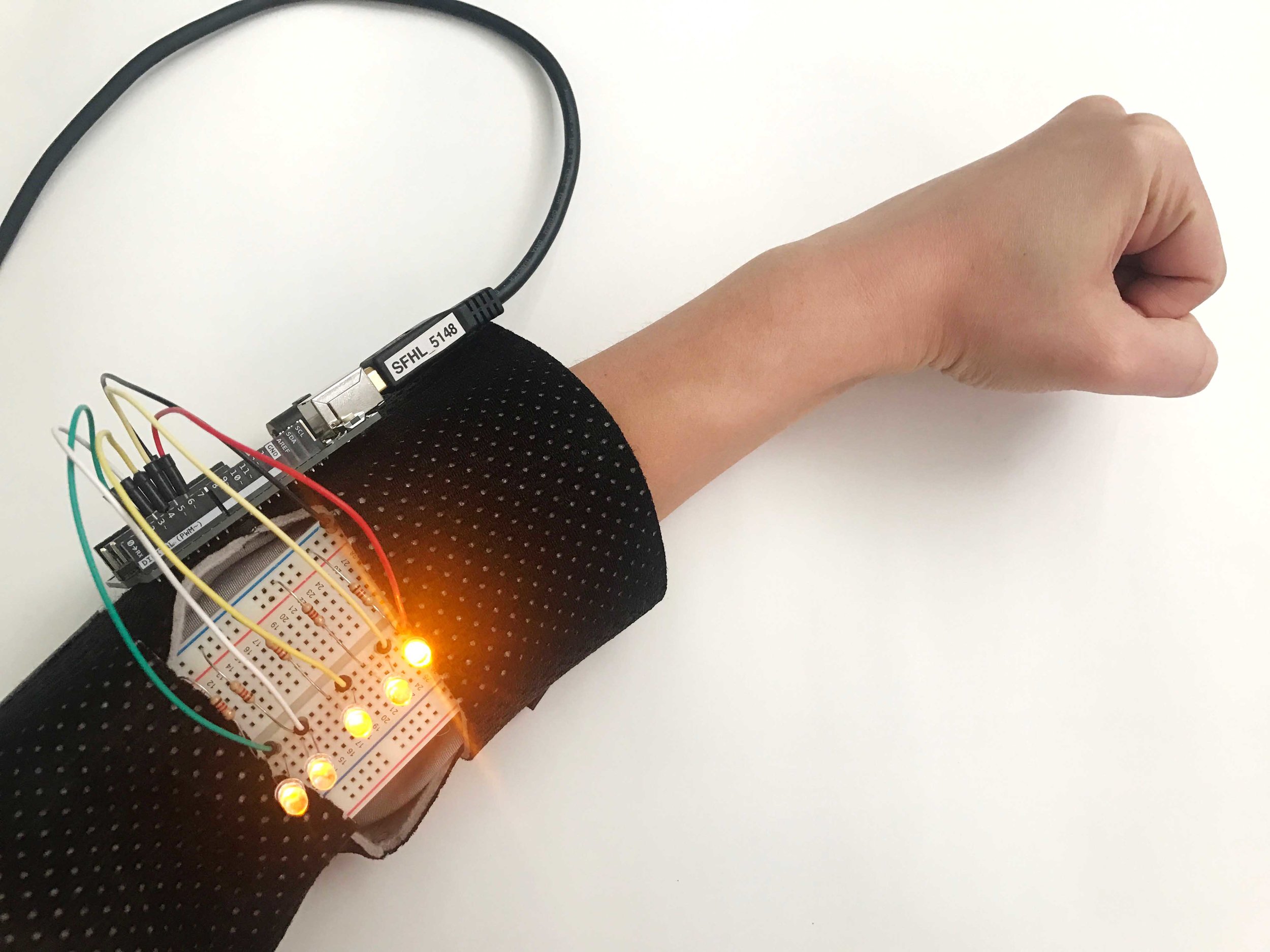
Vibration Stimuli
Vibration therapy may decrease spasticity and improve motor performance in children with Cerebral Palsy.

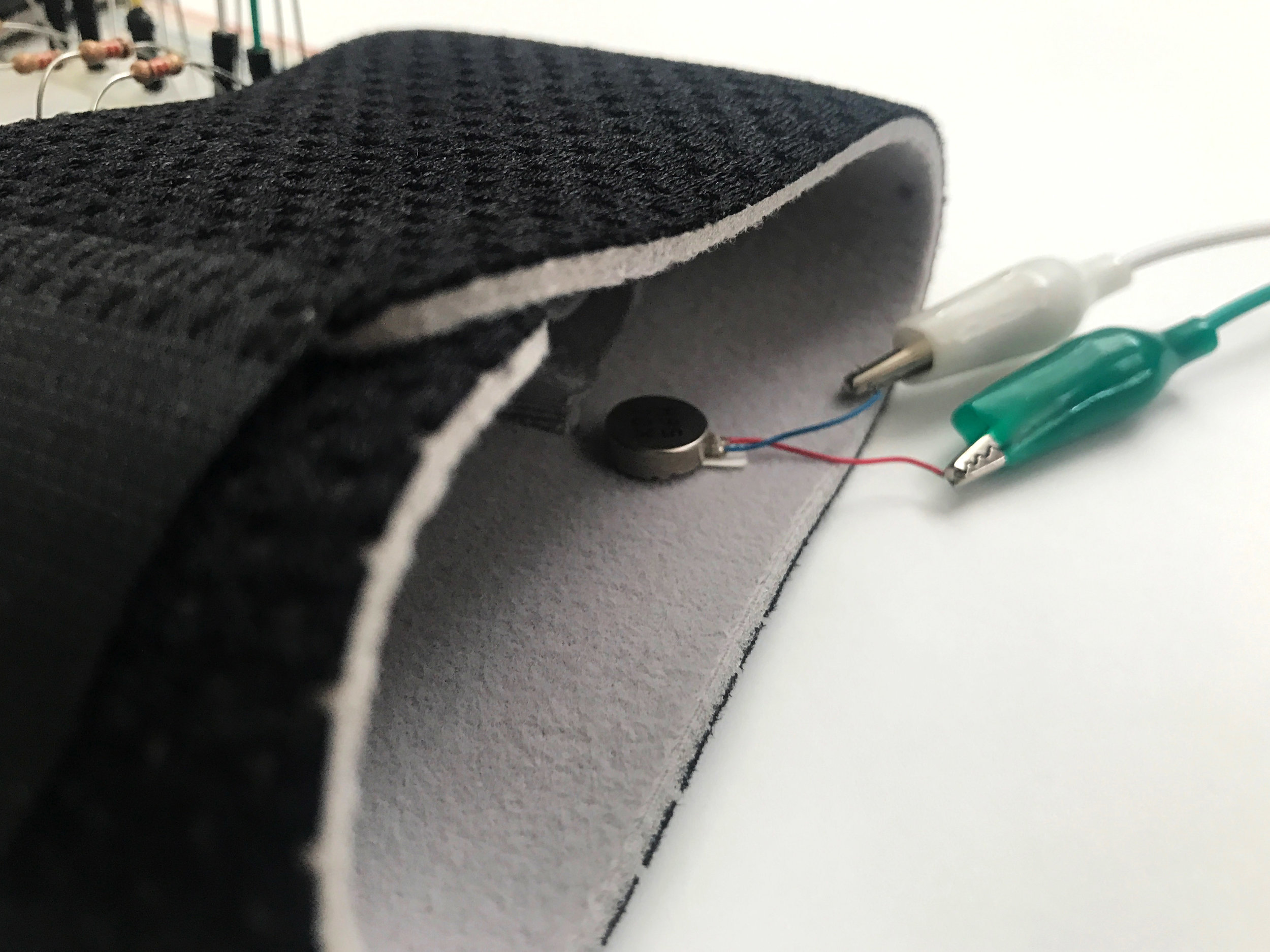
–
SYSTEM ARCHITECTURE

–
LEARNINGS & NEXT STEPS
There are many types and levels of Cerebral Palsy and individual reactions to the system may vary drastically between each other. So I will conduct usability testing to further develop the concept, test if the system achieves its goals, and identify patterns of behavior and ways to incorporate that information into the system to further personalize it. Also, children with Cerebral Palsy react positively to music and sounds, so I would also like to explore that form of interaction further.
